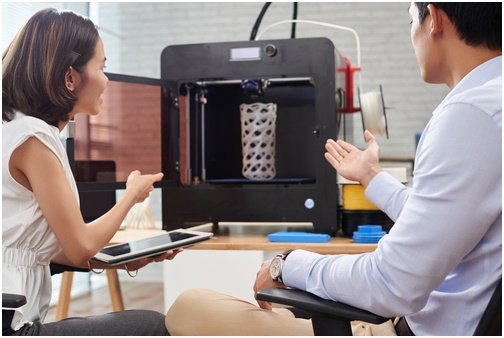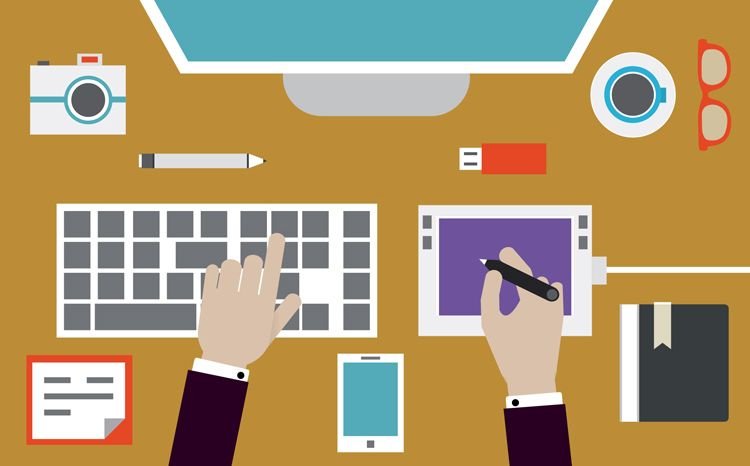Bringing a product to market takes more than just coming up with a great idea. It requires navigating a series of stumbling blocks that can potentially trip up would-be entrepreneurs. One of the hurdles is turning your idea into an actual, tangible product. Here are four steps to help you through the process.
Sketch Your Idea on Paper
The first step toward actualizing your product idea is creating a concept sketch. Drawing your idea will help you visualize it more clearly, making it easier to develop the key details needed to turn it from a concept into a practical working model.
The simplest way to start drawing your ideas is to sketch them with a pencil and paper before you attempt to do more sophisticated pen drawings or computer-assisted drawings. Drawing with a pencil is faster than other methods, and doing a series of quick sketches can inspire you with different variations of your idea before you settle on a final version. As your initial sketches develop into a mature concept, you can start creating a more professional drawing for patent submission purposes.
You should preserve your patent sketches in a notebook using a format consistent with the drawing submission guidelines laid out by the United States Patent and Trademark Office. These guidelines specify details such as which size of paper to use, how much margin space to leave and how to label drawings. If you need assistance developing patent drawings, hire a professional draftsman to assist you for about $75 to $150 per sheet, suggests legal self-help site Nolo. Date your patent drawings and have a witness sign them, which will provide documentation should you need to prove your intellectual property claim in court.

Create a Digital Design
After creating a paper sketch of your product, the next step is to develop a digital design. You can draw a two-dimensional or three-dimensional version of your product in a computer-assisted drawing program such as AutoCAD or SketchUp. A 3-D drawing is preferable because it provides a more realistic preview of your product, allowing you to rotate and even animate your picture, which spark new ideas and help you eliminate design flaws.
You can turn your 3-D drawing into a photorealistic rendering of your product by using a rendering tool such as V-Ray. If you don’t have experience doing digital drawing, hire a professional through a graphic design agency or prototyping company.
Build Your Product Prototype
Having a digital 3-D model of your product sets the stage for building your first physical prototype. Before building a complete working prototype, consider saving time and money by starting with a simulation made out of less expensive materials. You can use inexpensive materials such as moldable plastic, modeling clay and sugru to create a rough prototype. This can allow you to spot design flaws and find solutions for them before you invest in a full-scale prototype.
When you’re ready to build an actual working prototype, you can build one yourself if you know how or you can hire assistance. You can also get help building a prototype from a 3-D printing company, an engineer or a designer. If you’re operating on a shoestring budget, consider hiring engineering students or a local handyman. Once you have a prototype, you can apply for a patent.
Locate Manufacturing Suppliers
To put your prototype into production, the final step is to find your manufacturing suppliers. Shop around and compare quotes from suppliers in order to find the best price and get the most value for your dollar. Look for a good price as well as good customer service, reliability and product quality. Ask about bulk order prices and minimum order quantity requirements, and find out what type of turnaround time and guarantees they offer.
Before placing a bulk order, it’s a best practice to order a product sample to make sure the item meets your requirements. Better suppliers are supportive about providing samples to make sure you are satisfied with your order. For instance, custom o-ring manufacturer Apple Rubber provides a web form for clients to request free samples.
Using online directories is the fastest way to find a suitable supplier. Shopify provides a convenient online index of domestic and overseas supplier directories. You can also find resources at your library and by getting referrals from peers in your industry or other business resources.



